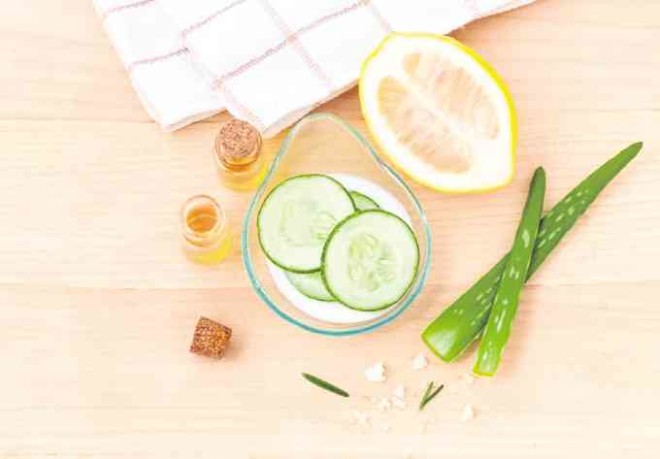
Asian beauty culture is rich in decades-old habits—some scientifically proven, others simply passed down orally—that help keep our skin problems in check. Whether fact or fiction, it’s nice to be acquainted with the stuff we think helps.
Next time you’re offered a pig collagen mask, at least know how it got there.
A is for acids—Salicylic, lactic, glycolic, hyaluronic, mandelic, name it. Contrary to popular belief, these acids help you in various ways, from exfoliation to hydration to acne.
B is for birch sap—A concentrated liquid collected from birch trees that’s rich in nutrients, enzymes and amino acids.
C is for camellia seed oil—An ingredient loved by the Japanese for its moisturizing properties.
D is for donkey milk—A substitute for breast milk. This type of dairy contains 60 times the vitamin C content of cow’s milk.
E is for egg whites—A favored visual representing porcelain skin.
F is for fermented ingredients. Your SK-II carries important bacterial strains that help inhibit harmful bacteria, as well as greater concentrations of antioxidants.
G, for ginseng and green tea—Two important elements in Asian food history. One suggests potency, while the other boasts healing properties.
Holy grail
H is for honey—The holy grail for dry-skinned folk looking for a powerful moisturizing, anti-inflammatory and antibacterial ingredient.
I is for Iceland water—One of Scinic’s most popular ingredients in its famed multipurpose ampoule line. Said to be a special glacier water, it helps moisturize better than regular H20.
J is for Jeju clay—Innisfree’s star component that helps treat and unclog pores.
K is for kaolin clay—The gentlest white clay best suited for sensitive skin.
L is for licorice—A great brightening ingredient that helps fade blemishes.
M is for mung bean powder—A traditional acne saver popular among the Chinese and Japanese for its deep cleansing and exfoliating properties.
N is for neem leaf—A miracle plant from India that’s believed to moisturize skin and lighten pigmentation.
O is for oatmeal—If you haven’t heard of this in body scrubs yet, oatmeal helps balance out the amount of oil in your skin (even if temporarily).
P is for the Philippines, and our everlasting love for papaya and its whitening enzyme papain, and pili oil, which we recently found to be the local answer to the miraculous Argan.
P can also mean pig collagen—One of Korea’s strangest sources for the antiaging adenosine.
R is for rice powder—The geisha’s go-to skin-whitening trick.
S is for—what else?—snail mucus filtrate—A godsend ingredient for those who need faster skin recovery.
T is for tomato—A great source of vitamin C—and turmeric, another unconventional skin-whitening ingredient.
V is for (extra) virgin coconut oil—Nature’s other wonder moisturizer.
W is for water, while Y is for yogurt, a yummy ingredient for glowing skin.
There are a few missing letters, down to my last. This alphabet may change, given the rapid innovations in Asian skincare. We just have to wait and Z.